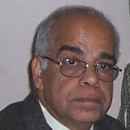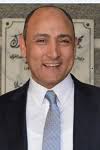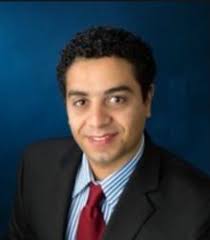Renowned Speakers

Rodman Linn
Los Almos National Laboratory USA

Karam Maalawi
Professor in National Research Centre Egypt

Mark Nate Callender
Associate Professor & Chair Middle Tennessee University USA

Fred Barez
Professor & Chair San Jose State Unversity USA

Yehia Abdel-Aziz
National Research Institute of Astronomy and Geophysics Egypt

Antonio G Accettura
OHB System AG Germany

Ashraf Omran
John Hopkins Unversity USA
Recommended Global EEE & Engineering Webinars & Conferences
Europe & UK
Asia Pacific & Middle East
Canada
Aerospace-2025
To Collaborate Scientific Professionals around the World
Conference Date December 15-16, 2025
For Sponsors & Exhibitors
Speaker Opportunity
Useful Links
Past Conference Report
Supported By
All accepted abstracts will be published in respective Conference Series International Journals.
Abstracts will be provided with Digital Object Identifier by
